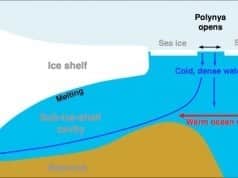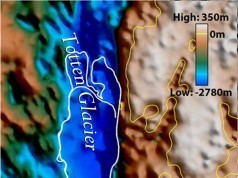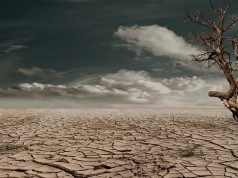Back in 1972, The Ecologist magazine devoted an entire issue to a single topic. Titled A Blueprint for Survival, this document was later published as a book that sold half a million copies and was translated into 16 languages. (I blogged about it previously here.)
Historical documents such as these are important because they demonstrate that environmental scaremongering is nothing new. Indeed, it has been going on for four frakking decades.
In the early ’70s the public was being told:
Radical change is both necessary and inevitable because the present increases in human numbers and per capita consumption.are undermining the very foundations of survival. [bold added, italics in the original]
Then, as now, drastic measures had to be taken. Then as now, too many humans were having too many babies who would place too much strain on the environment. Citing Population Council data, the Blueprint said:
the world’s population will stabilise at nearly 15.5 billion.about a century hence. [around 2070]
Almost half a century has passed since then. The radical change that was said to be so necessary was not undertaken (the book proposed everything from a ban on road building to the invention of “a new philosophy of life”).
So how accurate was that population prognostication? Recently the United Nations issued a press release that contains a rather different prediction:
The current world population of close to 7 billion is projected to reach 10.1 billion in the next ninety years. [around 2100]
Forty years ago the drama queens thought planet Earth would be home to 15.5 billion people by 2070. Yet now the UN thinks it will be home to only 10.1 billion by 2100. This is no small discrepancy.
It’s important to appreciate that one of the reasons people paid attention to the Blueprint at the time was because it had been endorsed by men of science.
The names of “34 distinguished biologists, ecologists, doctors and economists” (as the back cover described them) appeared at the beginning, beneath a statement that said these men fully supported the book’s analysis of the situation as well as “the solutions proposed.”
It now appears that those distinguished men of science were clueless about the future. Which is lesson one.
Lesson two is that, much like some of today’s men of science, they were apparently poorly socialized and utterly tone-deaf. How could such smart people have had no qualms about associating themselves with individuals articulating such noxious views of the human race?
According to the Blueprint there’s only one difference between humanity and a bull in a china shop – the bull (exactly opposite to the way in which that simile has always been understood) would apparently be smart enough to learn to care about whether the teacups remained intact. (Yeah, right.)
We humans, on the other hand, are apparently so full of barbaric malice that we delight in destroying the environment around us, as quickly as possible, and for no good reason.
In other words, these distinguished minds publicly aligned themselves with a report that declared humans to be dumber than cows:
Industrial man in the world today is like a bull in a china shop, with the single difference that a bull with half the information about the properties of china as we have about those of ecosystems would probably try and adapt it behaviour to its environment rather than the reverse. By contrast, Homo sapiens industrialis is determined that the china shop should adapt to him, and has therefore set himself the goal of reducing it to rubble in the shortest possible time.
Self-appointed busybodies, making ridiculous arguments, pretending they know what the future holds, and at no risk of being held accountable when their predictions turn out to be well wide of the mark. The more things change, the more they stay the same.
Just a little something to keep in mind the next time you hear phrases such as’scientists predict’ or ‘scientists believe.’






